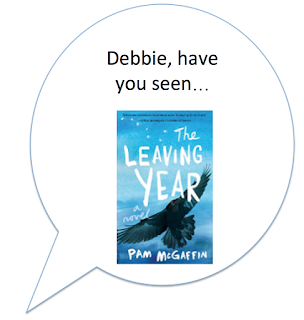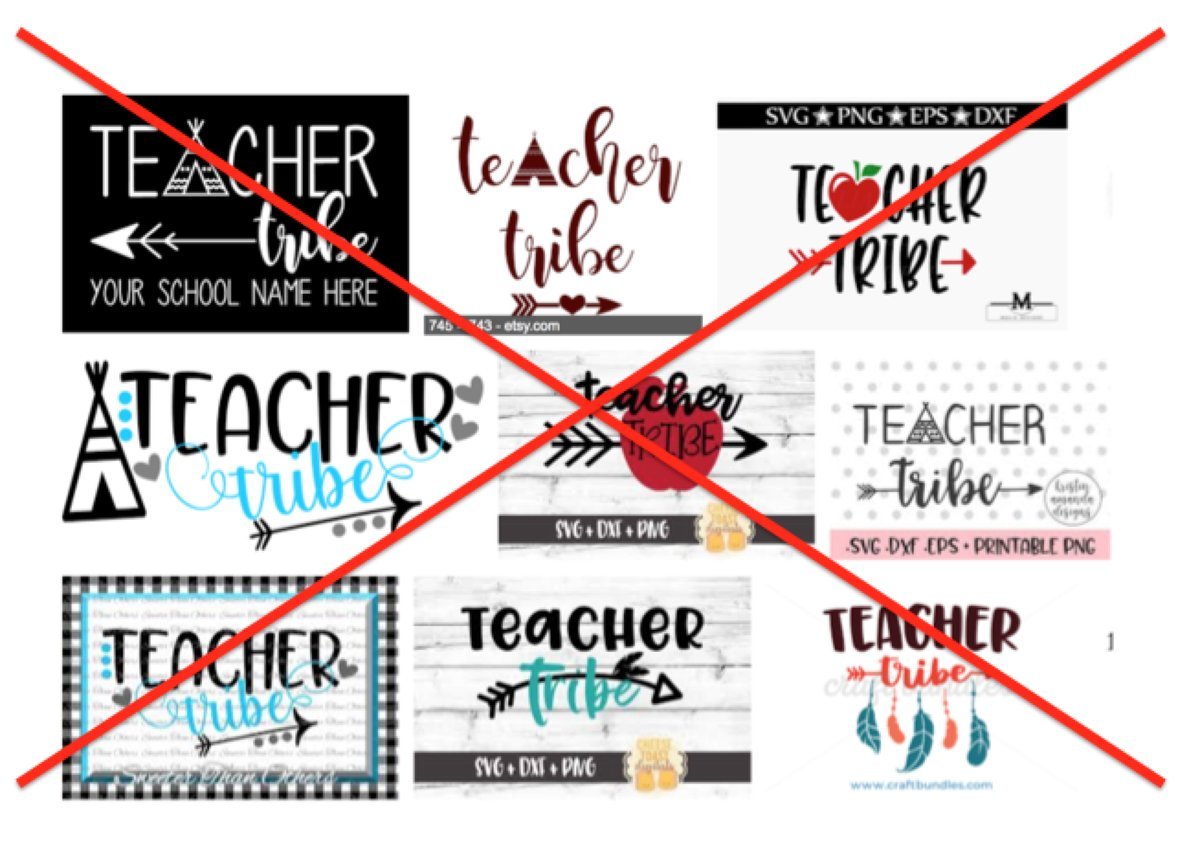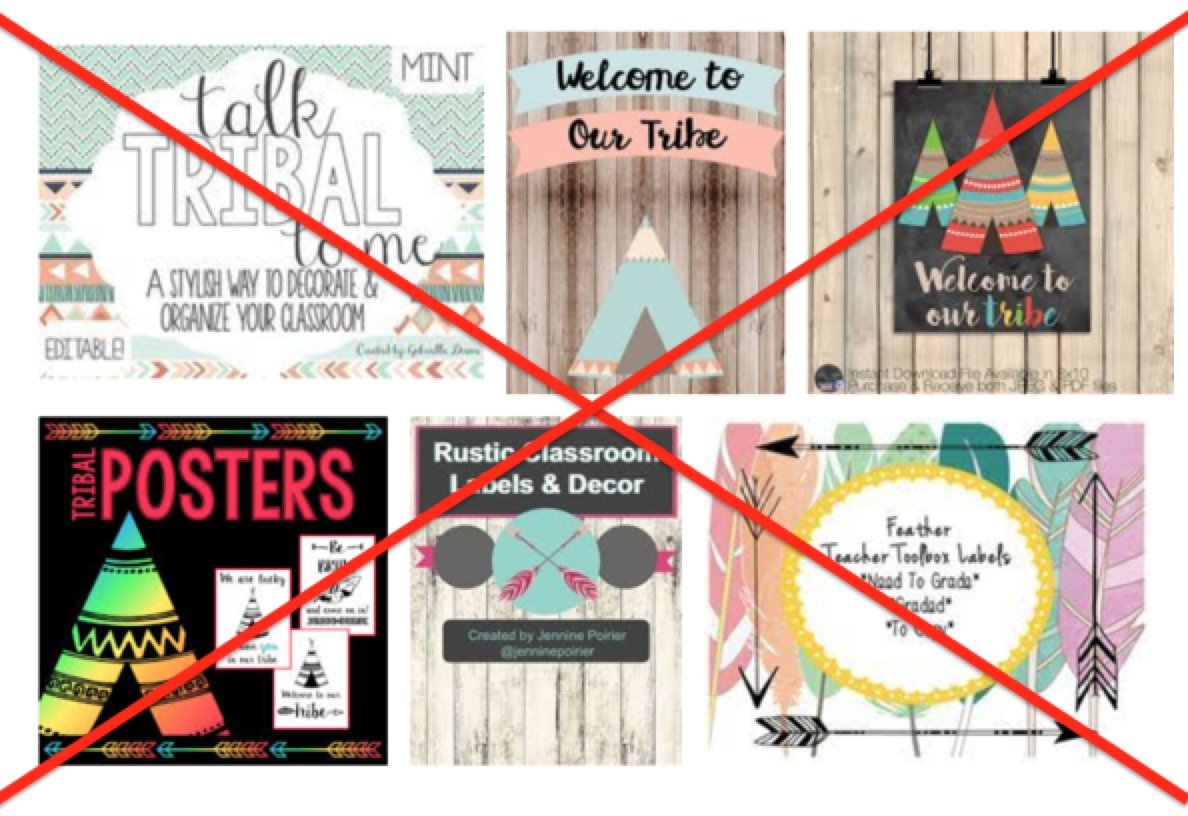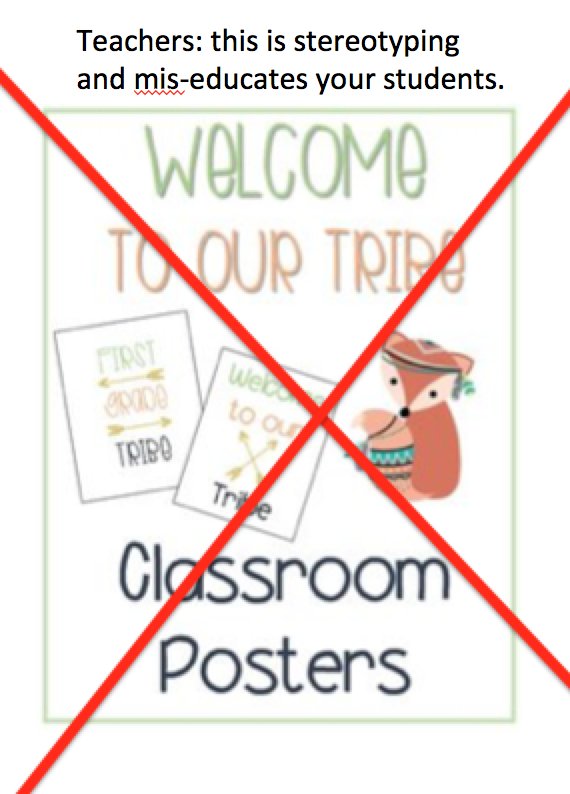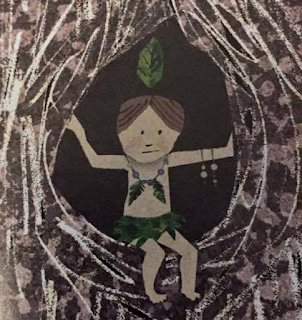A reader writes to ask if I've seen Pam McGaffin's The Leaving Year. Published in 2018 by Spark Press, it got a starred review from School Library Journal. Here's the description:
As the Summer of Love comes to an end, 15-year-old Ida Petrovich waits for a father who never comes home. While commercial fishing in Alaska, he is lost at sea, but with no body and no wreckage, Ida and her mother are forced to accept a “presumed” death that tests their already strained relationship. While still in shock over the loss of her father, Ida overhears an adult conversation that shatters everything she thought she knew about him. This prompts her to set out on a search for the truth that takes her from her Washington State hometown to Southeast Alaska, where she works at a salmon cannery, develops love for a Filipino classmate, and befriends a Native Alaskan girl. In this wild, rugged place, she also begins to understand the physical and emotional bonds that took her father north and why he kept them secret—a journey of discovery that ultimately brings her family together and helps them heal. Insightful and heartfelt, The Leaving Year is a tale of love and loyalty, family and friendship, and the stories we tell ourselves in our search for meaning.
The "Native Alaskan" girl is, according to the review in Kirkus, Tlingit. That review also notes that Ida's father has an affinity for "the "scoundrel" raven of Alaskan myth." The review in School Library Journey says that McGaffin wove Indigenous legends into Ida's journey.
Using the Google books preview, I see that in chapter two, McGaffin is remembering time with her dad. That he "loves the Native Alaskan myths, with their wild explanations of how things in nature came to be." Wild explanations of Indigenous myths? Hmm. I'll take a wild guess and say that I bet Ida is going to come to an appreciation of Alaska's Indigenous people that she doesn't have when the book starts out.
Her dad, in particular, told her about Raven:
Raven was a sly, crafty fellow who used trickery to get what he wanted, and he wanted that box of stars."In chapter nine, she's with David who is telling her about her dad being in a bar that has so much in it that it is like a museum. In that bar, he'd tell stories, sometimes reading from a book of Native Alaska myths. Ida tells David her dad liked the creation myth about Raven, "even though he was a bit of a scoundrel" but David says that he likes her dad "liked Raven because he was a scoundrel" and that "his scoundrel-ness made the stories even funnier." They talk about how her dad liked to entertain people. Once, though, David says he was serious. It was when someone else in the bar was telling a story and said "f-ing 'drunken Indians,'" and, when that man said that, Ida's dad laid into the man. Ida wants details:
"Um, I don't remember everything, but he basically talked about the bad things the white men did to the Natives in Alaska, like bringing disease and taking their kids away to live in boarding schools." David's Adam's apple goes up and down as he swallows. "I guess it was really horrible for those kids. First, their parents die of TB or whatever--"
"TB, like tuberculosis?" I flash back on the women in Poe's life.
"Yeah, then they're stuck in these schools that force them to become Christians. Imagine being taken away from every you know... forever."Obviously, it is good to have Ida's dad lay into that man for using that stereotype and it is good that Ida's dad has knowledge of the Indigenous people of Alaska.... But, McGaffin's story is set in Washington State. The way that particular passage is written is accurate but it also seems to suggest that the boarding schools were not in Washington. In fact, they were. Not including that fact seems odd to me. The passage continues:
"Did Dad turn that guy around?"
"Who knows? I've never forgotten it, I can tell you that. I think the reason he got so mad was because he had friends up there. Natives. There was this one Aleut lady he talked about alot. She ... uh, worked on Creek Street." He pauses, like that's significant. "Do you know about Creek Street?"
I shake my head.
"Well, its pretty famous for... a certain activity. The joke is that it's the only place where both salmon and men come to spawn."
It takes me a while, but when I finally get it, heat creeps up my cheeks. David's too wrapped up in his story to notice.
"Anyway, this lady had a nickname that her own people used against her. It was really rude, but she started using it herself to show she wasn't..."
"Ashamed?"
"Exactly."
"So what was it?"David tells her the name was "Two-Bit" but that she was retired from that work (the word is in italics in the book) by the time Ida's dad got to know her. David says he'll tell her more, tomorrow, but he doesn't show up. The Kirkus review says that Ida decides to go to Ketchikan after contacting a woman her father knew there.
In chapter 27, both Ida and her mom are in Ketchikan. They go to a center for Native kids where a man takes them to see "Trinity." She is "a woman with long gray hair" dressed like a hippie and wearing rings and bracelets, "all silver, all with Indian designs." Ida expected her to be a lot younger. Trinity greets them:
"Yakíei yee yŸt Ÿ xwal geini. That means, 'It is wonderful to look upon your faces.' You must be Ida." She turns to my mom. "And you the mother."I found that exact phrase at a Chilikat Indian Village page of Tlingit phrases. Is Trinity "Two-Bit?" She shows them around the center. There's a totem pole there. Ida touches it and thinks she senses spirits. Trinity is telling them that the totem pole is important for the center. Some kids there know their clans, and those who don't know, chose one--or
"rather the totems chose them. They went on spirit walks and thought about those who came before."I am wondering at this point if Ida is going to have a clan or totem by the end of The Leaving Year.
Back in the office, Trinity shows Ida and her mom photographs. Ida's dad is is many of them. He helped raise that totem pole. Ida thinks that her dad wasn't doing something shameful (having an affair). He was doing something more "saintly." As they look at more photos, Ida interrupts to ask who "Miss Red" is. Seems Ida has a note that refers to her dad and Miss Red, and she thinks Miss Red is someone her dad was carrying on with. Trinity tells her that Miss Red is what they call his boat. He calls it "Lady Rose" but they call it "Miss Red."
Then, Ida's mother says:
"Okay, so Miss Red was the boat," she says. "But how do you explain the condoms? I'd find condoms in Steve's pockets."Trinity tells them that she provides condoms to the teens in the center. People donate items to help run the center but she dare not ask anyone for condoms. Turns out, Ida's dad was Trinity's source for condoms. Ida's mom grabs for the desk and then falls backwards. She's mostly ok.
And now I'm hitting the pause button. Will I read this book? I don't know! It is definitely unusual, but right now, it doesn't feel unusual in a good way. If the local library gets it, then perhaps I will. If so, I'll be back.

